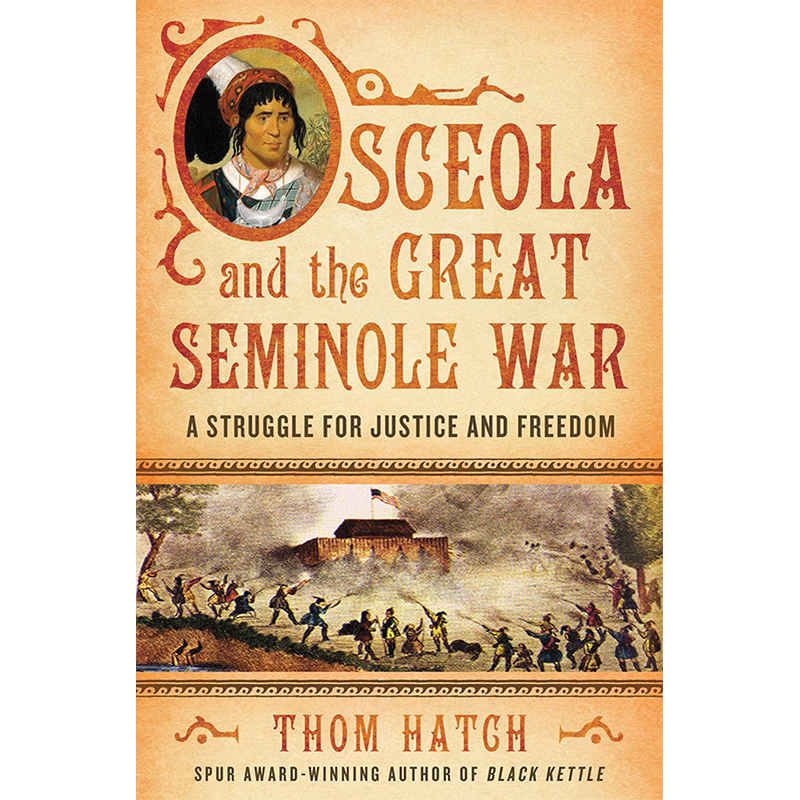
Osceola and the Great Seminole War: A Struggle for Justice and Freedom by Thom Hatch details the life of Seminole leader Osceola from his childhood to his death, with the history of the Seminole Wars playing out around Osceola’s actions. Hatch takes the reader back as far as possible to Osceola’s young life beginning with the Creek Civil War. The reader then follows Osceola as he grows into a man, becomes the right hand of Chief Micanopy, and a leader in the Second Seminole War. Hatch takes the reader through many skirmishes and battles between the Seminoles and the U.S. Army, pulling in key players as he goes. At the end the reader learns how Osceola, and other Seminoles, were tricked and arrested under a white flag of truce multiple times by General Jesup. Osceola’s capture leaves him sick. We see his last moment’s at Fort Moultrie in South Carolina, where he is buried instead of being returned to Florida, as was his wish.
Hatch takes the reader through many skirmishes and battles between the Seminoles and the U.S. Army
While Hatch does a good job explaining Osceola’s beliefs and actions, there are moments in the book that make the reader reflect on potential biases in the author’s story. In the early chapters of the book, Hatch appears to claim that the Creeks (from whom Osceola descended) were to blame for all that was happening to them. He seems to excuse the United States government in its role in the Creek Civil War. Later in the book, he makes claims that Indian Agent Wiley Thompson was a “consummate diplomat,” implying that it again was the Seminole’s fault that things were happening to them. It was their fault Thompson was pushed to anger, overlooking the fact that the Seminoles were being forced from their homes.
Andrew Jackson does not play prominently in this narrative. While the book is focused on the life of Osceola, the absence of such a large player leaves us with questions and ignores the bigger picture of the Indian Removal Act and other U.S. policies against Native Americans that led to the Seminole Wars. Hatch does do a good job of showing the relationship between Osceola and Wiley Thompson during his time at Fort King.
This book does a good job of bringing us into the life of Osceola, but, as Hatch reminds us, the reader must keep in mind that much of this is speculation as Osceola did not leave his own sources and documents behind. Primary sources about Osceola were written by white settlers and those in the army and may have biases hidden in their works.
Interested in reading this book? You can get it on Amazon! Click here to buy the book.


